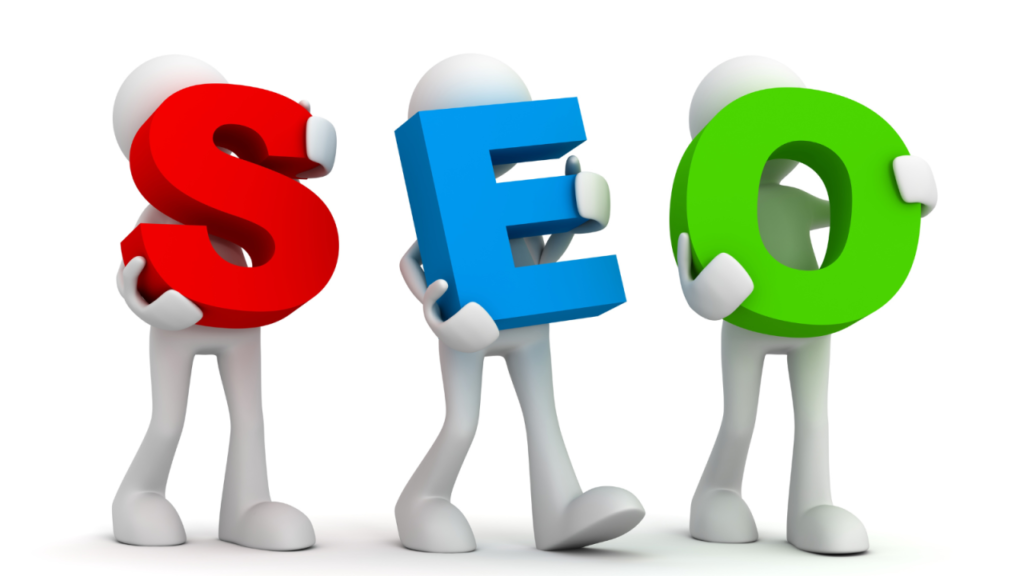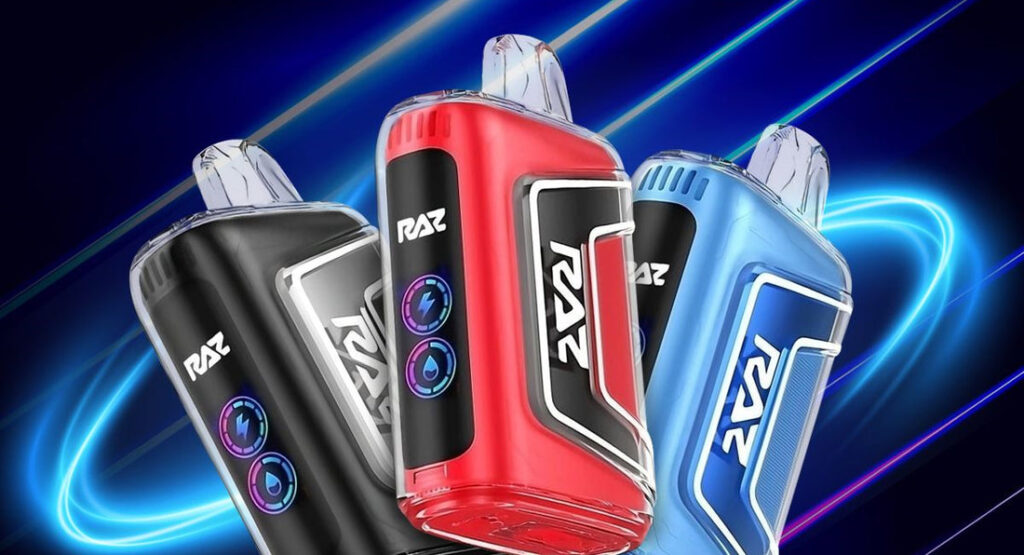Customer service isn’t what it was last year. Or the year before. Or even yesterday, really. In 2025, it’s a living, adapting organism—smart, fast, brutally honest, and unapologetically driven by customer service data. If you’re an entrepreneur still clinging to old models, it’s time to let go. Customers have evolved. Have you?
Below, we’ll explore how to not only keep up but grow your customer service this year—with practical tips, eye-opening truths, and a few curveballs.
1. Customers Now Expect Ultra-Personalization—Not Just Politeness
The days when a pleasant tone and a quick “How can I help you today?” Were they enough? Gone.
Now, personalization rules. According to a recent Salesforce study, 66% of consumers expect companies to understand their unique needs. This means customer service reps (or AI assistants) must know the customer’s purchase history, complaint record, product preferences, and yes, even the time of day they prefer to be contacted.
So, what can you do? Start mining your customer service data deeply. Look for patterns. Are customers repeatedly contacting you about similar issues? Is there a spike in complaints after a certain type of update or launch? Get ahead of it.
Pro tip: Use CRM tools that integrate with support channels. Create customer profiles that actually breathe.
2. Speed Still Matters—But Context Is the New King
Yes, fast responses are vital. In fact, 82% of consumers rate “immediate response” as important when they have a question, according to HubSpot. But don’t mistake speed for substance. In 2025, customers don’t just want an answer—they want the right answer, and they want it the first time.
Your support agents (or bots) need context. They need the full story. And one of the easiest ways to provide that context? Recorded conversations. If you’re not already using call recording to improve support interactions, it’s time to start. This can be an affordable call recorder from the App Store or sophisticated recording equipment – the result is the same. The same Call Recorder for iPhone meets regulatory requirements, is easy to set up, does not require significant investment, and can be implemented even outside the office.
3. The Newest Customer Service Isn’t a Department—It’s a Brand Statement
This may sound dramatic, but here’s the truth: your customer service is who you are.
A rude agent? That’s your brand now.
A broken chatbot? That’s your brand, too.
Silence for 48 hours after a customer complaint? You just became a meme.
The newest customer service standards demand omnichannel coherence. Email, phone, DMs, live chat, review responses—they all need to sound like you, not a Frankenstein mashup of outsourced support and copy-pasted apologies.
Brand tone must live in your service scripts. And your agents must be trained storytellers, not just problem-solvers.
How to build this?
- Create style guides not just for marketing but for support language.
- Invest in tone-of-voice workshops for your customer service team.
- Use AI summarizers that analyze and rate tone across your chat logs.
4. AI Is Your Partner, Not Your Replacement
No, AI isn’t coming for your job. But it is coming for your inefficiencies.
Chatbots can now triage tickets. Predict when a customer might churn. Translate angry rants into structured complaint summaries. Even suggest upsells based on voice tone and sentiment.
But the entrepreneurs who win in 2025 won’t just toss a chatbot on their homepage and call it a day. They’ll train it, nurture it, and supervise it—just like a junior rep.
Use AI for what it’s good at: repetition, pattern recognition, and response speed. Keep humans in the loop for nuance, escalation, and empathy.
And remember, AI only works if it’s fed. Your customer service data is the fuel—structured correctly, it becomes a feedback loop that actually improves performance every single day.
5. Accountability Isn’t Optional Anymore
One review can end a brand. One recorded call, leaked or posted publicly, can unravel years of goodwill.
But the flip side? Accountability builds loyalty.
In 2025, businesses are proactively sharing how they’re training support staff. They’re posting response times publicly. They’re admitting fault—fast. And they’re using tools like Call Recorder to monitor, audit, and coach their teams in real time.
This is the new bar. No more hiding behind “we’re sorry for the inconvenience.” Own the problem. Then fix it—faster than your competitor.
6. Measure Everything (But Especially the Right Things)
CSAT scores? Sure. Net Promoter Score? Great. But how often do you measure:
- The number of escalations per agent per week?
- The first contact resolution rate across platforms?
- The percentage of resolved tickets that get a follow-up?
Obsessive metrics tracking isn’t fun. It’s necessary. Especially when customer service becomes your competitive advantage.
In 2025, high-growth companies are investing in dashboards that blend support analytics with sales, marketing, and product feedback. Because it’s all connected.
Final Thoughts: Human, Still
This might be the most important thing. In the middle of all the automation, metrics, AI, and scripting, remember: You’re dealing with people. People who are tired. Busy. Overstimulated. And often just looking for a little clarity.
The entrepreneurs who will grow in 2025 are the ones who create service experiences that feel real. Use your data, yes. Use your tools. But always ask: does this feel like something a human would say to another human?
That’s your compass. And that’s customer service in 2025. Predictable? Hardly. But if you get it right, your growth won’t just be steady—it’ll be exponential.






